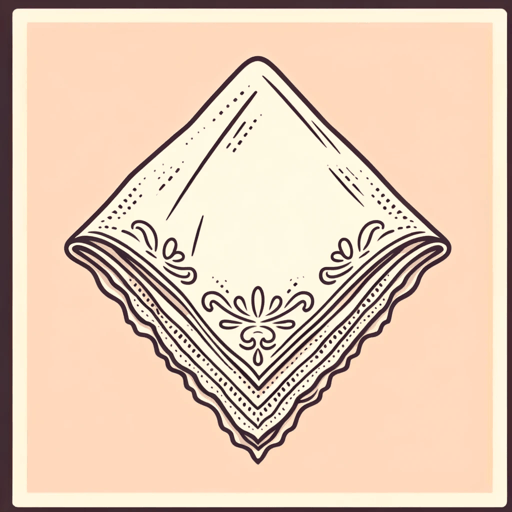21 pages • 42 minutes read
Gwendolyn BrooksThe Lovers of the Poor
Fiction | Poem | Adult | Published in 1963A modern alternative to SparkNotes and CliffsNotes, SuperSummary offers high-quality Study Guides with detailed chapter summaries and analysis of major themes, characters, and more.
Summary and Study Guide
Overview
“The Lovers of the Poor” by Gwendolyn Brooks was originally published in her book The Bean Eaters in 1960, and republished in other collections of her work. The Bean Eaters is Brooks’s fourth book of poetry, and critics often refer to it as her best work. It was published after she was established as an award-winning poet. Brooks’s second book, Annie Allen, came out in 1949 and won a Pulitzer Prize, which was the first time an African American poet won the prize.
“The Lovers of the Poor” is a satirical, free verse poem. It is a narrative piece with specific details from the Chicago landscape. Brooks breaks the poem’s 99 lines into seven sections, indicated by indentations. Her poetry is influenced by the Harlem Renaissance in New York; she was also part of the Chicago Black Renaissance. “The Lovers of the Poor” is about the failures of philanthropy, colorism, and overvaluing the womanhood of rich white Americans.
Poet Biography
In 1917, Gwendolyn Brooks was born in Topeka, Kansas. Shortly after her birth, her family moved to Chicago as part of the Great Migration. Brooks published her first poem when she was 13, and as a 17-year-old, her poems were regularly featured in African-American newspaper the Chicago Defender. In 1936, she graduated from Wilson Junior College.
Brooks supported her poetry career by working as a secretary. She was part of the National Association for the Advancement of Colored People (NAACP), and attended poetry workshops. Her first book of poetry, A Street in Bronzeville, was published in 1945. Her second, Pulitzer Prize-winning book, Annie Allen, came out four years later. Both of these collections focus on lower-class Black people living in urban areas—specifically Chicago.
Brooks published one novel, Maud Martha, in 1953. She also published two autobiographical books, but most of her works—over 20 total—were collections of poetry, including poetry for children. Brooks initially worked with major publisher Harper & Row but, in the 1970s, began to work with independent Black publishing companies such as Broadside Press and Third World Press. She also edited collections of poetry.
In 1985, Brooks became a poetry consultant to the Library of Congress (what is now the Poet Laureate of the U.S. position), and was the first Black woman to hold the position. She was also the Poet Laureate of Illinois. In these positions, she not only personally funded literary awards but also visited schools, hospitals, rehabilitation centers, and prisons.
Over the years, Brooks taught at various universities and colleges, including Chicago's Columbia College, Northeastern Illinois University, Elmhurst College, Clay College of New York, and the University of Wisconsin-Madison. In 1990, Brooks became a professor of English at Chicago State University, and held that position until she passed away in 2000.
Poem Text
Brooks, Gwendolyn. “The Lovers of the Poor.” 1960. Poetry Foundation.
Summary
“The Lovers of the Poor” is a satirical, free verse poem with 99 lines. It has seven sections, each beginning with an indented line like a paragraph break. In the opening, Brooks uses the third person.
The first section of the poem is a description of the ladies who belong to a guild, or organization. The afternoon light illuminates their features, which are rife with contrasts. Their faces offer compassion and violence, as well as depth paired with superficial style. Their makeup covers a fear that comes from inexperience. The way they move through the hall is described as paradoxical. They are both sharp and soft, as well as uncivilized while also being fair.
About halfway through the first section in Line 10, the third person speaker describes the ladies’ attitudes. Their mothers told them to be kind, but they continue to exhibit contradictions. The ladies offer both affection and assault, and their innocence is described as unnatural. Other descriptions include their ages (around 50) and their figures to be both fit and full.
In Line 17, the ladies proclaim it is time to aid members of the lower class. The third person speaker describes their assistance using religious and metaphoric language. The women want to offer the poor a place where they can metaphorically tie up their horses, and to dry their tears like a handkerchief.
The second section, beginning with Line 22, clarifies that the ladies are engaging in philanthropy by giving money to the poor. However, they only want to give money to the poor people who they deem worthy. Worthiness is determined by beauty, cleanliness, intelligence, and submissiveness. They do not want to help those who are too broken or unintelligent. They also do not want to help people who are violent, who stand up for themselves, or who are too open about being needy.
The third section begins on Line 32 and shifts to describing the conditions of living in poverty. The ladies are offended by the smells of human waste and certain cheap foods. They are also offended by the lack of light, the accumulation of dirt, and soiled things. The ladies contrast the type of old construction found in cheap housing with the enduring old places where the upper class live. The speaker describes the homes of the rich as elegant and dramatic. These homes are in the repeated locations of Lake Forest and Glencoe, and the ladies will return there when they are done with determining how to aid the temperamental poor.
The fourth section, beginning on Line 50, focuses on the specific home of an impoverished family. The ladies are surprised by the ingenuity of making rugs out of printed newspaper, and the act of changing them as they get dirty throughout the day. Then, the ladies are horrified by an encumbered mother, her children, their blankets, food, and a kitten.
In the fifth section, from Line 62 to Line 65, the speaker describes the money collected by the Betterment League. The ladies believe the money is clean, having passed through their hands and nails which are compared to roses. The section ends with an ellipsis. The thought about giving this clean money to the poor trails off instead of being completed.
The sixth section begins with descriptions of things the ladies own. The ladies’ clean money has purchased expensive clothes, foods, home furnishings, and real estate. They also purchase vacations, winter homes, and expensive books. The speaker includes specific locations in Chicago—the art museum and a street name—to indicate the nice places the ladies’ visit.
In Line 74, the speaker turns to describing the poor. In contrast to the ladies, the poor live in squalor—their belongings are threadbare. The ladies wonder what they should bring or say to the poor. They are still repulsed by the food the poor eat and the human waste in their homes. The ladies feel shame about the peculiar institution of the African slave trade resulting in poverty for many of these people. However, they are appalled by a rat in a poor person’s home, which causes them to leave. The ladies decide that a different time, they should visit impoverished people who live in better conditions. They also suggest sending their money by mail instead of giving it out in person.
The seventh and final section is a description of the ladies’ exit from the homes of the poor. They try to keep their skirts from touching the walls and move as quickly as possible. They also, while wearing perfume, attempt to hold their breath as they leave.
Related Titles
By Gwendolyn Brooks
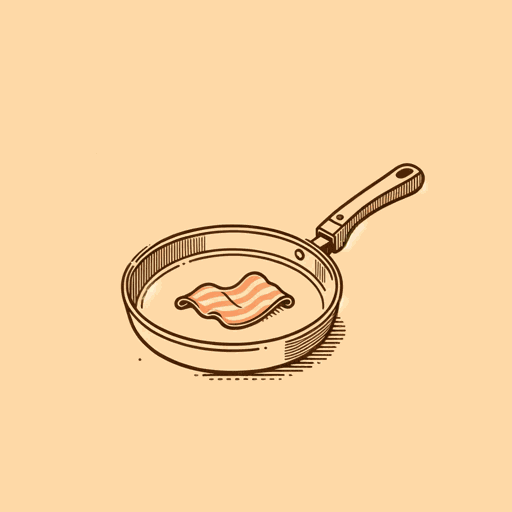
A Bronzeville Mother Loiters in Mississippi. Meanwhile, a Mississippi Mother Burns Bacon
Gwendolyn Brooks
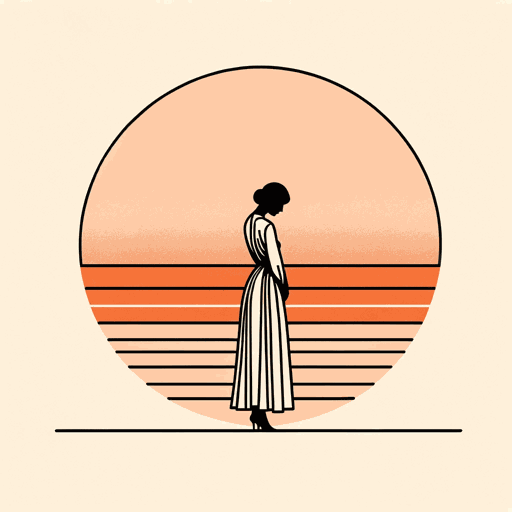
A Sunset of the City
Gwendolyn Brooks
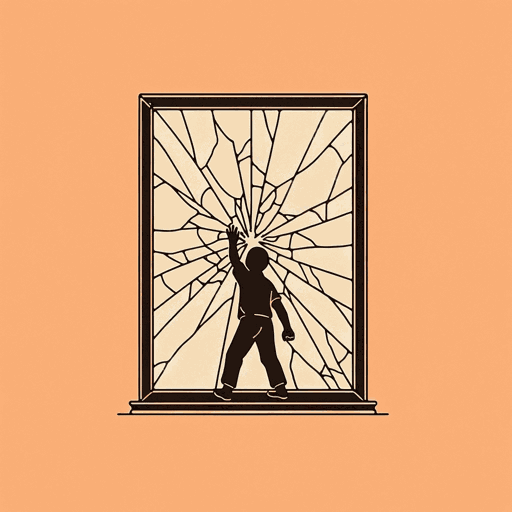
Boy Breaking Glass
Gwendolyn Brooks

Cynthia in the Snow
Gwendolyn Brooks
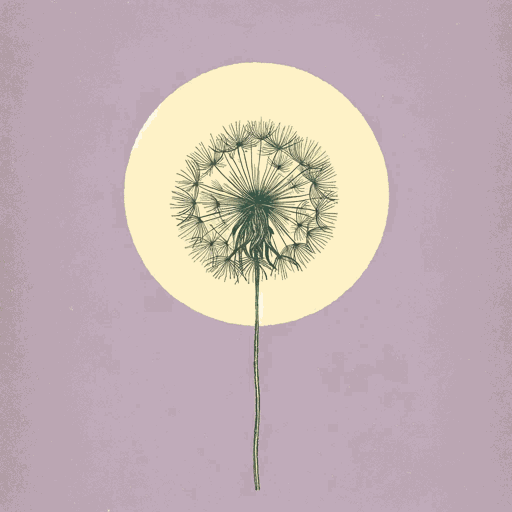
Maud Martha
Gwendolyn Brooks
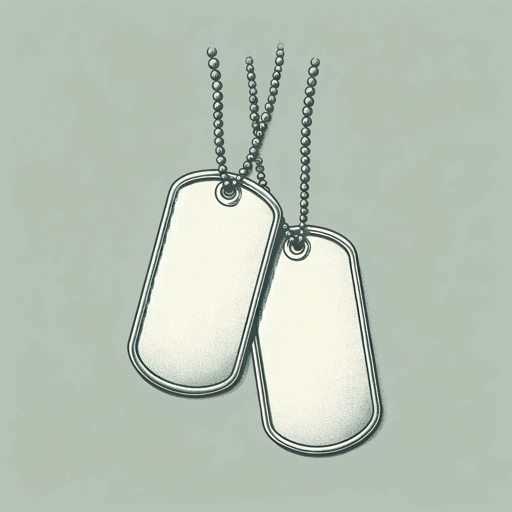
my dreams, my works, must wait till after hell
Gwendolyn Brooks

Speech to the Young: Speech to the Progress-Toward (Among them Nora and Henry III)
Gwendolyn Brooks

The Ballad of Rudolph Reed
Gwendolyn Brooks
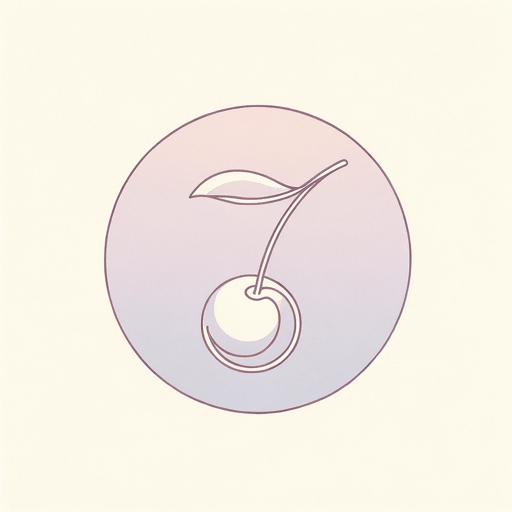
The birth in a narrow room
Gwendolyn Brooks
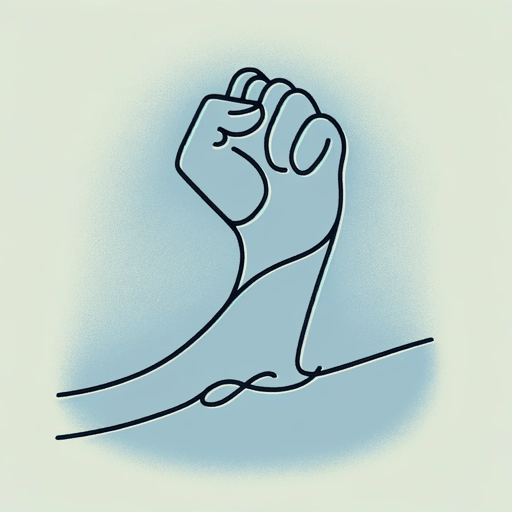
The Blackstone Rangers
Gwendolyn Brooks

The Chicago Defender Sends a Man to Little Rock
Gwendolyn Brooks
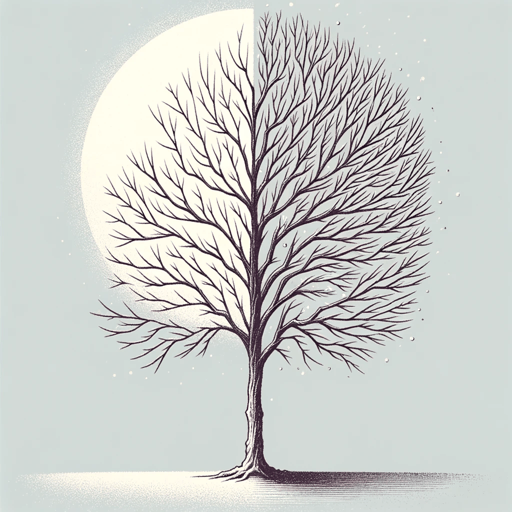
The Crazy Woman
Gwendolyn Brooks
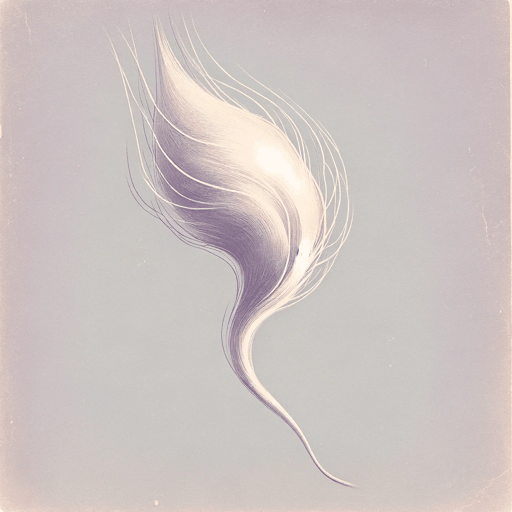
The Mother
Gwendolyn Brooks

the rites for Cousin Vit
Gwendolyn Brooks
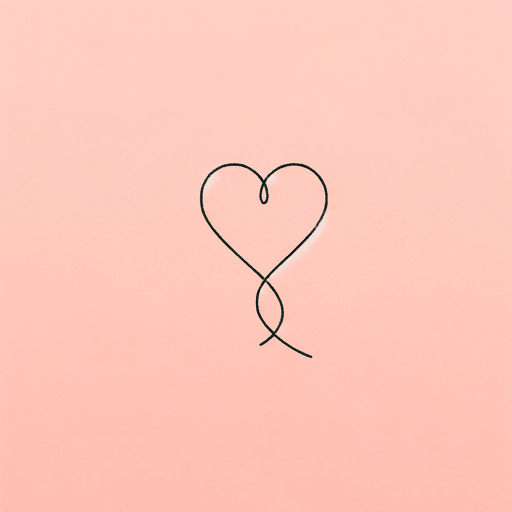
To Be in Love
Gwendolyn Brooks

To The Diaspora
Gwendolyn Brooks

Ulysses
Gwendolyn Brooks
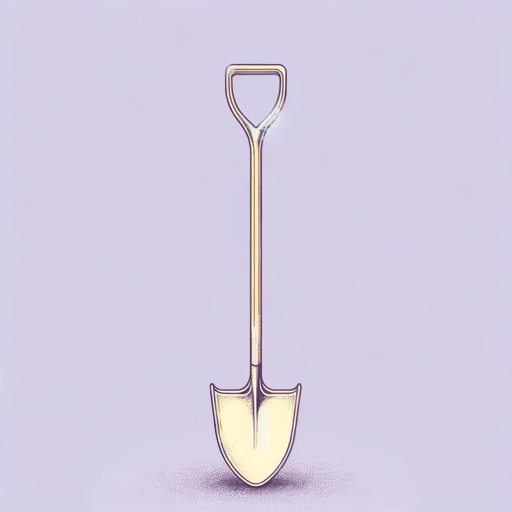
We Real Cool
Gwendolyn Brooks
